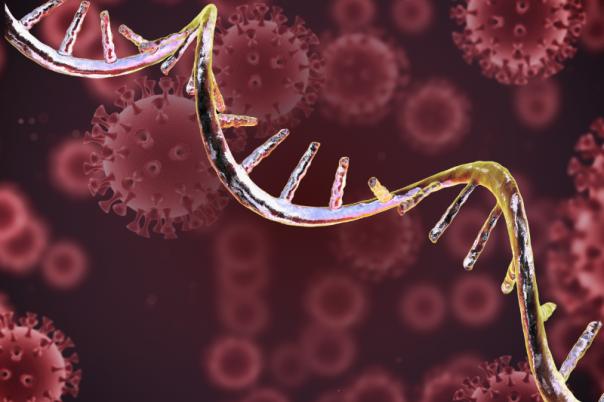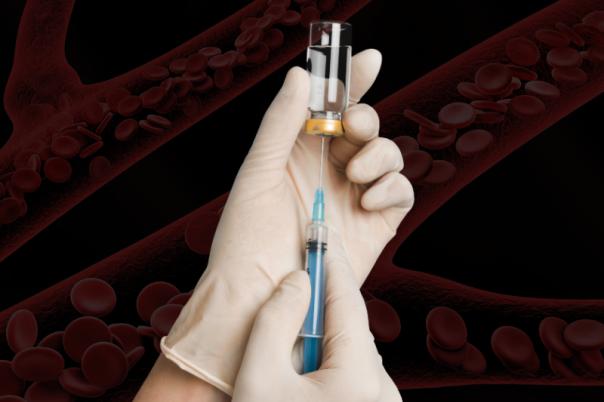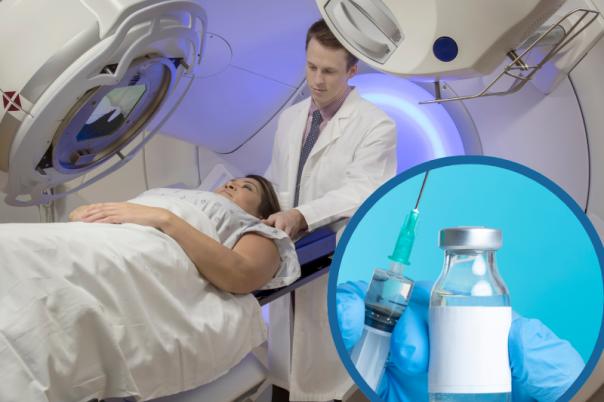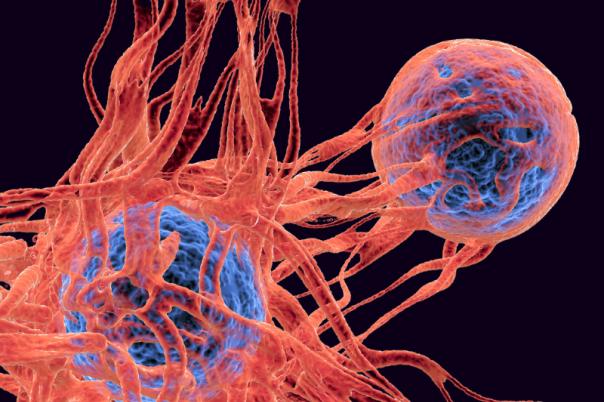Continuously innovating the production processes of therapeutics is critical to both meeting increasing patient need and lowing costs for the consumer. In this presentation, Zoltan Kis, Lecturer at The University of Sheffield and Honorary Lecturer at Imperial College London, outlines the goals and strategies that his team have developed in innovating and digitalising RNA vaccine and therapeutics manufacturing processes.
Kis highlighted the six objectives that his team wanted to achieve through their work. Along side these objectives, Kis also noted the enablers that would allow their team to achieve these goals.
The first objective is to develop a true multi-product process for manufacturing RNA-based vaccines and therapeutics. The scope looked at mRNA but did not stop there: they also wanted to integrate this aim for producing self-amplifying and circular RNA as well. The enablers for this goal included using platform knowledge for both the product and the process, a quality by design framework, and digital tools such as digital twins and soft sensors.
Second, Kis’s team aimed at achieving high productivity, setting an ambitious goal of 50g/day – about the same level of productivity as was needed for pandemic response. To meet this goal, the team settled on an efficient continuous flow process that can operate continuously at steady state under optimal conditions. Kis noted that this process should also be intensified to achieve high-throughput and make use of digital tools for real time automation and optimisation.
Third, the team set themselves a cost of production target of under $10 per dose of mRNA encoding monoclonal antibodies. This means developing low-dose formulations and using expensive raw materials more efficiently. Capping reagents, enzymes, and template DNA are costly ingredients, therefore the ability to produce more product from fewer materials is vital for meeting this goal.
The fourth objective is to ensure a high product quality. This is critical to achieve the necessary safety and efficacy for in-human dosing. Kis’s team enable this by using a quality by design framework and patient-centric approach to consistently meet these standards.
The final two objectives that Kis outlined were ease of operation and rapid product development. The process should be easy to operate, robust, and suitable for distributed manufacturing. To achieve this, the team rely on automation and a closed process design. It also aims to allow rapid product development and mass production using a quality by design framework and platform knowledge.





